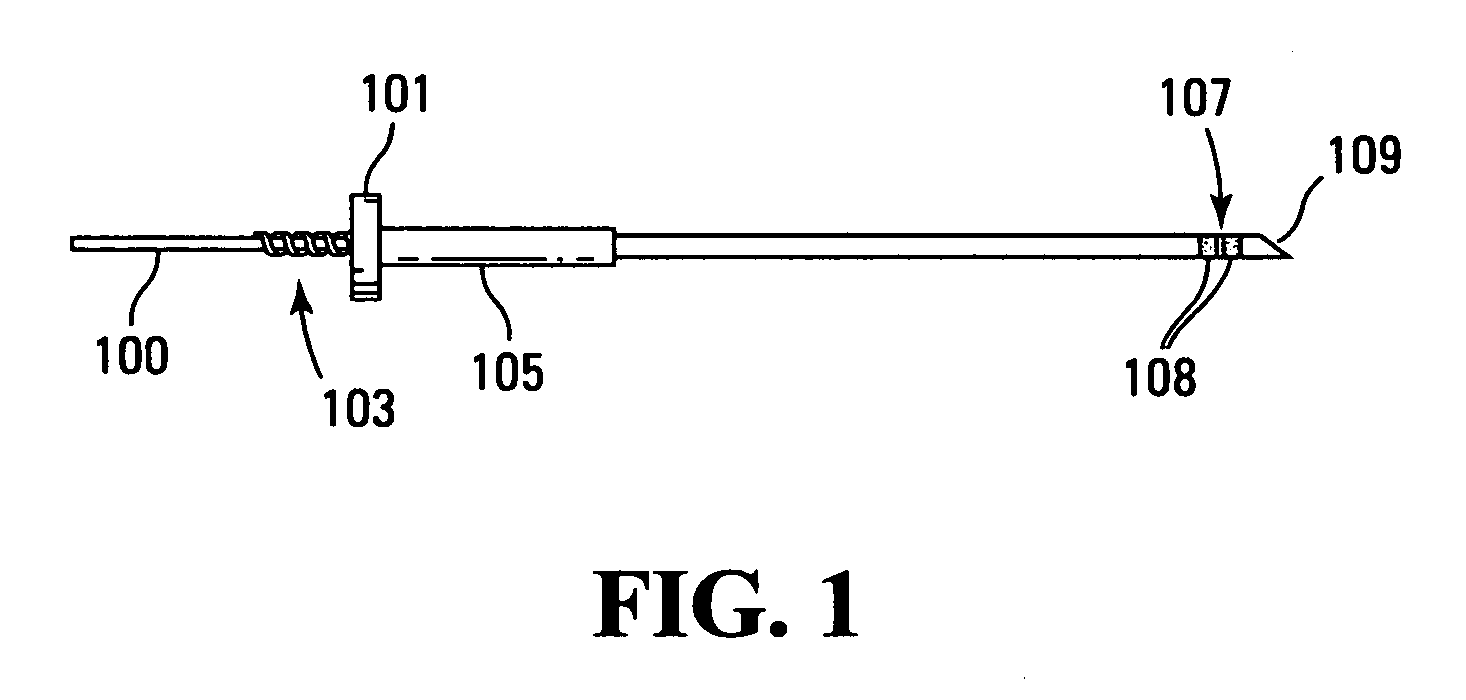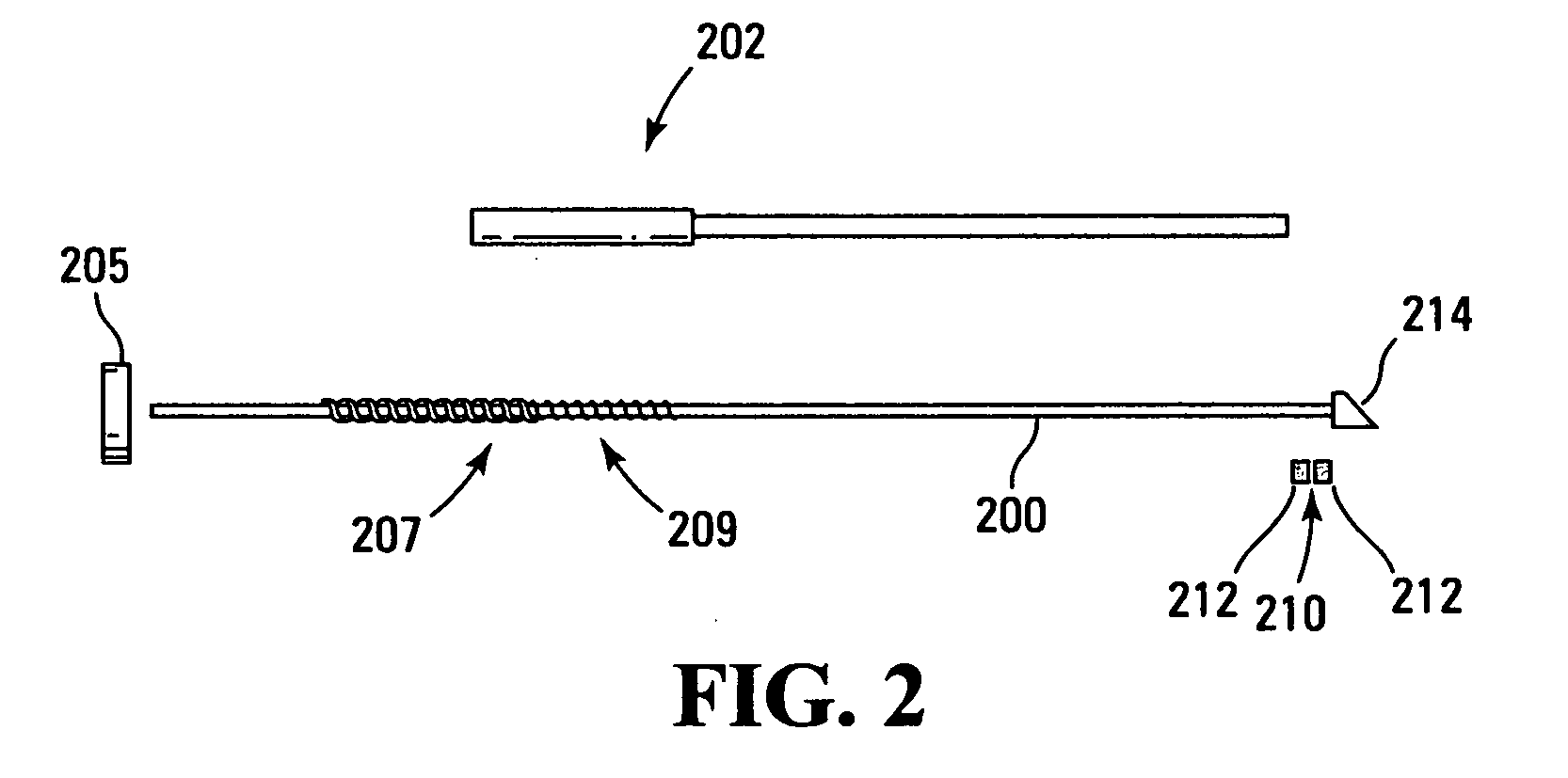Active delivery and flow redirection: novel devices and method of delivery of materials to patients
a technology of active delivery and flow redirection, applied in the field of medical procedures, can solve the problems of many therapeutic drug agents, particularly large-molecular weight hydrophobic drugs, not reaching their target receptors in brain parenchyma, and achieve the effect of preventing or educing back flow
- Summary
- Abstract
- Description
- Claims
- Application Information
AI Technical Summary
Benefits of technology
Problems solved by technology
Method used
Image
Examples
Embodiment Construction
[0057] The technology disclosed herein includes methods, devices, apparatus, protocols, and systems for the delivery of materials into a living patient. The material is delivered to a site where the material may persist for a time sufficient for allowing the observation, treatment, diagnosis, or the like to be performed without normal mass transfer events in the targeted sites removing the material or reducing the concentration of the material so rapidly or to such a significant degree as to prevent the effectiveness of the procedure.
[0058] It is to be noted that there are several limiting characteristics of all the catheters designed so far upon which improvements may still be made. In analyzing performance of catheters, the concepts of irreducible backflow, flow redirection and of active tissue should be considered. When a catheter or other surface is introduced into tissue, rupture of tissue often results. However, rupture and adverse effects of rupture can be (and are) minimize...
PUM
 Login to View More
Login to View More Abstract
Description
Claims
Application Information
 Login to View More
Login to View More - R&D
- Intellectual Property
- Life Sciences
- Materials
- Tech Scout
- Unparalleled Data Quality
- Higher Quality Content
- 60% Fewer Hallucinations
Browse by: Latest US Patents, China's latest patents, Technical Efficacy Thesaurus, Application Domain, Technology Topic, Popular Technical Reports.
© 2025 PatSnap. All rights reserved.Legal|Privacy policy|Modern Slavery Act Transparency Statement|Sitemap|About US| Contact US: help@patsnap.com



